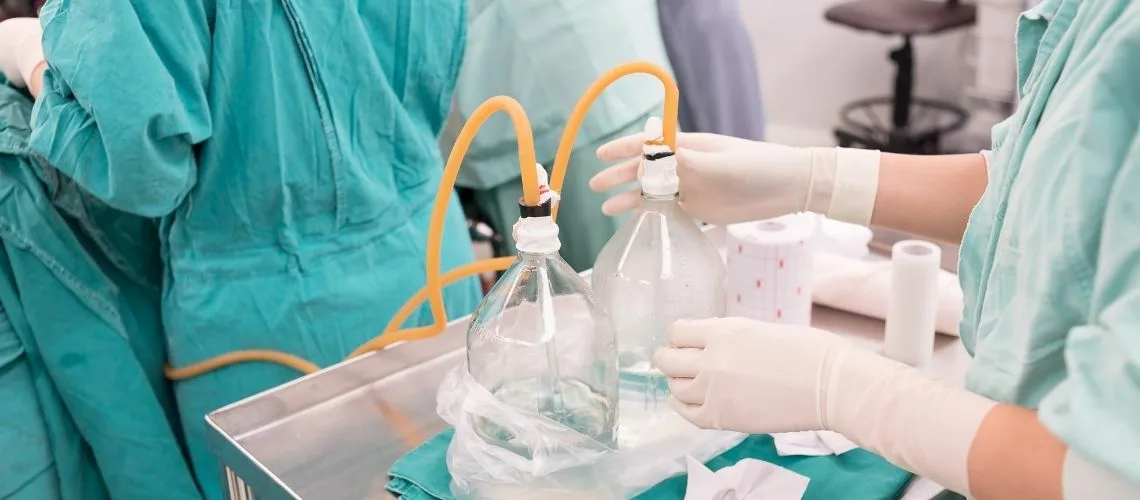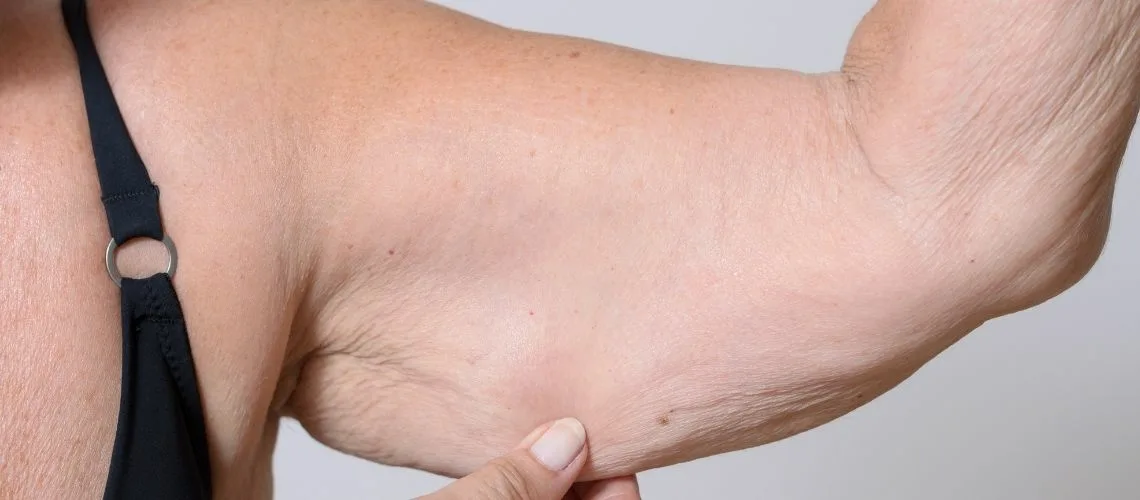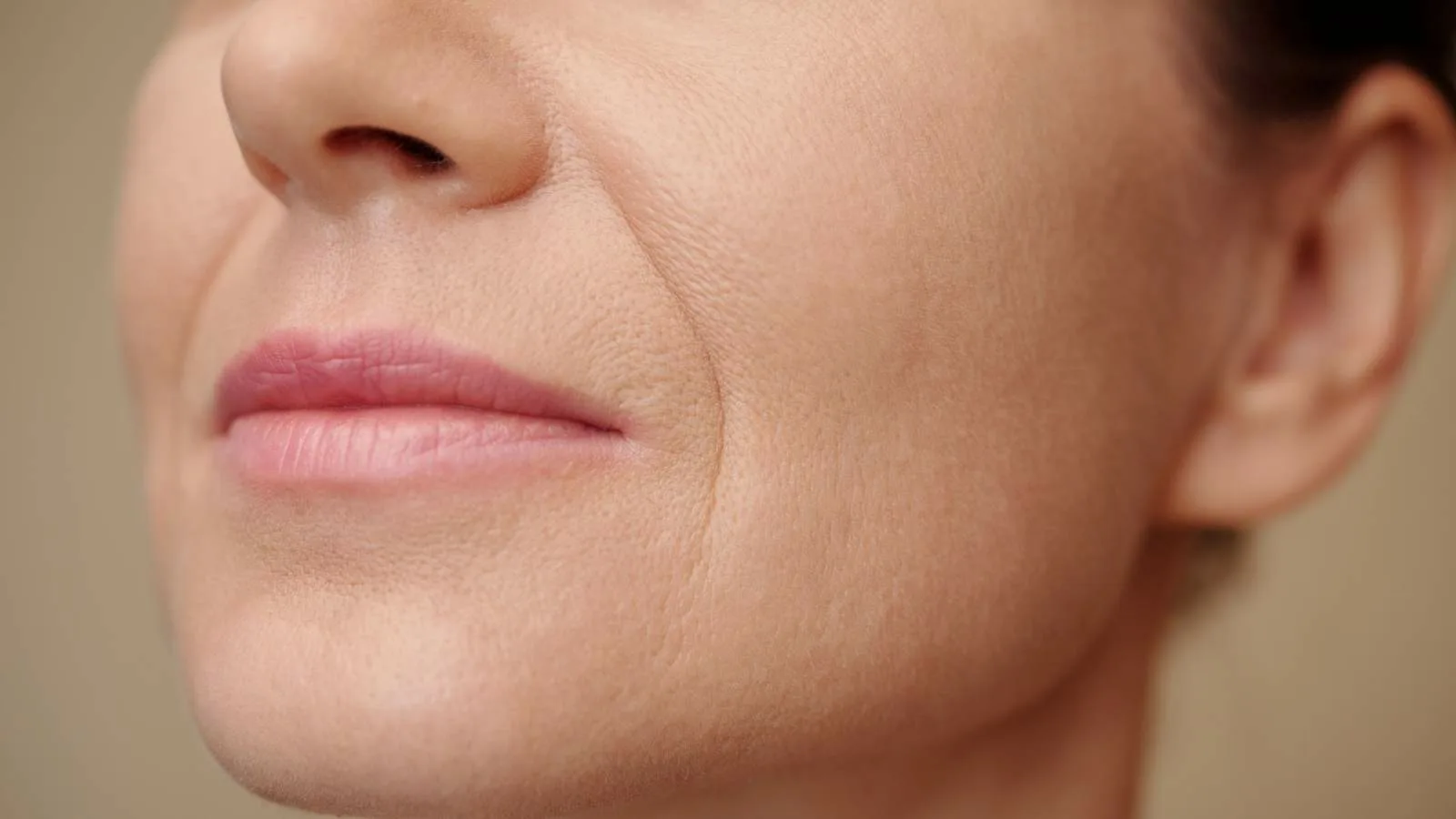Large breasts can cause back pain due to increased weight and strain on the spine, shoulders, and neck. Chronic discomfort often leads patients to seek medical and surgical solutions.
Biomechanical effects of large breasts include poor posture, spinal curvature changes, and shoulder indentation from bra straps. These factors exacerbate musculoskeletal pain.
Non-surgical management of breast-related back pain includes supportive bras, physical therapy, and posture correction exercises. These methods provide partial relief but may not resolve the underlying issue.
Breast reduction surgery is the definitive treatment for back pain caused by macromastia. By reducing weight and volume, the procedure significantly improves posture, mobility, and overall quality of life.
How Do Large Breasts Contribute to Back Pain?
Large breasts can cause various negative effects on the spine and muscular system, leading to back pain. Excess weight disrupts the body’s natural posture and makes it difficult for the spine and surrounding muscles to function harmoniously. This situation can result in physical discomfort and chronic pain over time:
- Additional strain is placed on the spine.
- Postural disorders develop.
- Tension occurs in the shoulder and back muscles.
- Pain is felt in the thoracic region.
- Incorrect bra usage worsens the situation.
- Psychological stress can increase pain.
The problems caused by large breasts are not limited to physical discomfort alone. Aesthetic concerns and challenges in social life can also complicate this situation. While the load on the spine creates a feeling of fatigue in the muscles, improper posture habits can make pain permanent. Choosing a suitable bra can help support body posture and alleviate discomfort. In addition, increasing physical activities to strengthen the back muscles and maintaining an ideal body weight can reduce pain. If these measures are not sufficient, medical or surgical solutions should be considered.
What Are the Common Symptoms Associated with Large Breasts and Back Pain?
The effects of large breasts on the body can lead to many physical discomforts and a decrease in quality of life. The most common symptoms can be observed both in the musculoskeletal system and on the surface of the skin:
- Chronic neck and shoulder pain
- Marks on the shoulders caused by narrow bra straps
- Discomfort in the upper and lower back region
- Hunching or forward-leaning posture
- Skin irritation, rashes, or infections
- Numbness or tingling sensations in the arms and hands
- Tension-related headaches
These symptoms can negatively impact an individual’s daily life and potentially lead to more serious health problems over time. The pain and discomfort caused by large breasts can result in limitations on physical activities and a lack of self-confidence in social life. In particular, poor posture habits can seriously threaten spinal health and may require surgical interventions in the future.
Additionally, such discomforts can have psychological effects. Pain and movement limitations can increase stress and anxiety. Individuals experiencing this condition should consult a specialist doctor to evaluate possible treatment methods. Solutions like choosing an appropriate bra and physical therapy can also alleviate symptoms.
What Is Breast Reduction Surgery and How Does It Relieve Back Pain?
Breast reduction surgery is a surgical procedure that reduces the amount of breast tissue, thereby decreasing the size of the breasts. The extra weight placed on the body by large breasts can lead to back, shoulder, and neck pain. This surgery helps alleviate back pain by reducing the pressure on the spine and surrounding muscles. When the weight in the breasts decreases, posture improves, and the tension causing the pain is eliminated:
- The load on the back muscles is reduced
- Pressure on the spine is relieved
- Shoulder and neck pain is eased
- Physical activities become easier
After the surgery, many patients notice a significant improvement not only in back pain but also in their overall quality of life. With a balanced distribution of body weight, postural disorders improve, and daily movements become more comfortable. Additionally, problems such as skin irritations and fungal infections under the breasts also diminish. Moreover, smaller breasts provide flexibility in clothing choices and boost self-confidence.
The surgical procedure is performed under general anesthesia, and the results are permanent. However, a detailed evaluation with a specialist surgeon before the surgery is important for achieving ideal results both aesthetically and in terms of physical health.
What Are the Possible Risks of Breast Reduction Surgery and What Should Be Considered?
While breast reduction surgery increases the quality of life for many people, there are some risks and points that need attention. These factors are closely related to the patient’s general health status, the surgical technique used, and the post-operative care process.
Possible Risks and Complications:
- Allergic reactions and complications related to anesthesia
- Bleeding or hematoma (accumulation of blood)
- Infection in the surgical area
- Delayed wound healing in incision sites
- Hypertrophic or keloid scars
- Loss of sensation or excessive sensitivity in the breast and nipple area
- Asymmetry in breast size or shape
- Nipple and areola loss (due to insufficient blood flow)
- Fat necrosis in the breast tissue (formation of hard masses)
- Breastfeeding issues
- Allergic reactions to surgical materials or medications
- Deep vein thrombosis (DVT), cardiac or pulmonary problems
Points to Consider:
- Smoking slows healing and increases the risk of complications.
- Obesity negatively affects surgical complications and recovery time.
- Chronic diseases can delay wound healing.
- Hormonal changes in women over 50 carry higher risks.
- The surgical technique is a determining factor for results and complication risks.
Paying attention to the doctor’s post-operative instructions is crucial for recovery. Swelling, bruising, and pain are normal in the initial days. Using a supportive bra and limiting activities during this period speeds up recovery.
How Effective Is Breast Reduction Surgery in Relieving Back Pain?
Breast reduction surgery is an effective method for alleviating back pain caused by the pressure that large breasts exert on the spine. Research has shown that this surgical procedure significantly helps reduce back pain and improve quality of life:
- Significant decrease in back pain after surgery
- Improvement in patients’ posture
- Increased comfort during physical activities
- Reduction in neck and shoulder pain
Many studies indicate that breast reduction relieves the mechanical load causing back pain and corrects posture problems that negatively affect spinal health. In addition, patients often report that they can carry out daily activities more comfortably after the surgery.
Breast reduction surgery not only relieves back pain but also boosts self-confidence and elevates quality of life. However, due to individual differences, some patients may not experience the expected level of relief after surgery. This can be minimized by thoroughly evaluating the patient before surgery and clearly defining expectations. Further scientific studies can provide a broader understanding of the long-term effects of this procedure.
Who Are Ideal Candidates for Breast Reduction Surgery to Relieve Back Pain?
Breast reduction surgery can offer a solution for individuals whose quality of life is decreased by physical and psychological discomforts. Candidates suited for this surgery must meet certain criteria. Ideal candidates are those who experience physical and emotional difficulties due to large breasts, have not benefited sufficiently from non-surgical methods, and whose general health status is suitable for surgery:
- They experience constant back, neck, and shoulder pain.
- They complain of skin irritation, redness, or infections under the breasts.
- They have difficulty in physical activities, especially exercise or sports.
- They feel a loss of self-confidence and psychological discomfort due to large breasts.
- They have deep bra strap marks on their shoulders.
- They experience numbness or tingling in their arms and hands.
- They do not obtain results from methods such as physical therapy, weight control, or special bras.
- They maintain a stable weight.
- They do not smoke and are in good general health.
- They have realistic expectations about surgery and accept potential risks.
Individuals who meet these criteria can experience relief from back pain and enjoy a more comfortable life after surgery. The surgery also offers an aesthetic improvement and boosts the patient’s physical self-confidence. However, it is extremely important to conduct a comprehensive evaluation with a specialist doctor before deciding on surgery and to create a personalized plan.
References
- Kerrigan, C. L., et al. (2000). Reduction mammaplasty: Outcomes, health benefits, and patient satisfaction. Plastic and Reconstructive Surgery, 106(5), 1147-1157.
- Foreman, K. B., et al. (2009). The impact of breast size on shoulder and back pain in women seeking breast reduction surgery. Aesthetic Surgery Journal, 29(6), 503-510.
- Sahin, N., et al. (2011). Effects of breast size on the upper torso musculoskeletal pain and posture. Aesthetic Plastic Surgery, 35(5), 691-696.
- Findikcioglu, K., et al. (2007). Effects of reduction mammaplasty on pulmonary function. Journal of Plastic, Reconstructive & Aesthetic Surgery, 60(2), 188-191.

Op. Dr. Erman Ak is an internationally experienced specialist known for facial, breast, and body contouring surgeries in the field of aesthetic surgery. With his natural result–oriented surgical philosophy, modern techniques, and artistic vision, he is among the leading names in aesthetic surgery in Türkiye. A graduate of Hacettepe University Faculty of Medicine, Dr. Ak completed his residency at the Istanbul University Çapa Faculty of Medicine, Department of Plastic, Reconstructive and Aesthetic Surgery.
During his training, he received advanced microsurgery education from Prof. Dr. Fu Chan Wei at the Taiwan Chang Gung Memorial Hospital and was awarded the European Aesthetic Plastic Surgery Qualification by the European Board of Plastic Surgery (EBOPRAS). He also conducted advanced studies on facial and breast aesthetics as an ISAPS fellow at the Villa Bella Clinic (Italy) with Prof. Dr. Giovanni and Chiara Botti.
Op. Dr. Erman Ak approaches aesthetic surgery as a personalized art, tailoring each patient’s treatment according to facial proportions, skin structure, and natural aesthetic harmony. His expertise includes deep-plane face and neck lift, lip lift, buccal fat removal (bichectomy), breast augmentation and lifting, abdominoplasty, liposuction, BBL, and mommy makeover. He currently provides safe, natural, and holistic aesthetic treatments using modern techniques in his private clinic in Istanbul.









